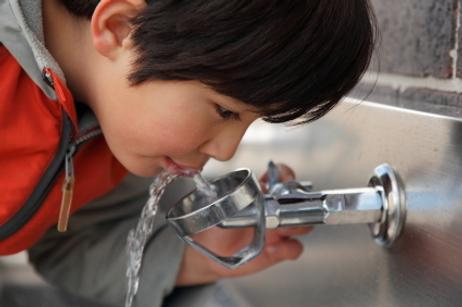Most parents worry about their children being victimized by the class bully or getting hurt on the playground. Few consider the possibility of a child disappearing while on or near school property. However, that is precisely what happened in an Oregon community recently, and it has school officials and parents alike wondering what can be done to enhance children's safety at school.
The Story of Kyron Horman
Kyle Horman is a second-grader at Skyline Elementary School in Portland. He was last seen by his step-mother heading down the school hallway to his classroom on June 4, according to a recent report on ABC News. However, when young Kyron did not get off the bus later that afternoon, his family discovered that he had never made it into his class that day. Although the teacher marked Kyron absent, the school never notified his parents. That oversight resulted in hours passing before a search could be launched for this little boy.
Horman was at school early that morning to show off his science fair project on tree frogs. Because the science fair was attended by many students and family members, there were many more people in the school than usual in the early morning hours. The school does not have video cameras and is set on the edge of deep woods, where it would be fairly easy for a little boy to disappear or for someone to hide him for a period of time.






















